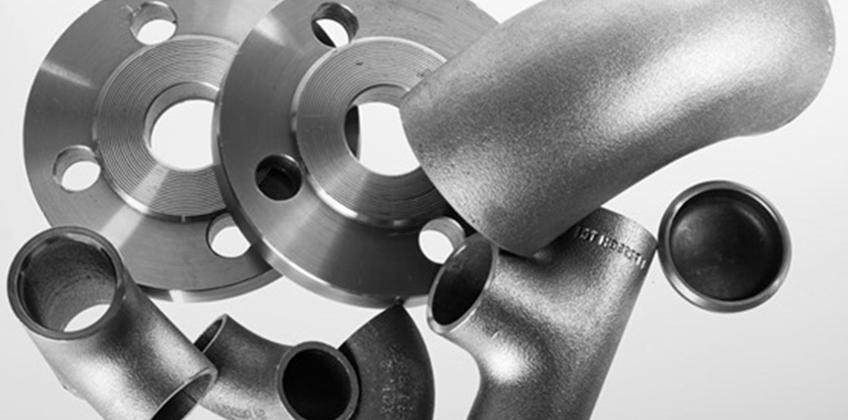Pipelines are of relative importance in the everyday world, transporting many essential resources in both liquid and gas form. These pipelines connect pipes with fittings, valves, and other crucial elements. There are various kinds of pipe fittings available, with each suitable for different functions.
In this blog, we will help you understand the different pipe fittings found around us. From the material used to their application and usage, we will share everything worth knowing. Going through this information, you will gain an insight into which pipe fitting to use for different scenarios.
Different types of Pipe Fittings:
Here are the commonly used pipe fittings that find use in our everyday life. We have also included the purpose of using each fitting for your knowledge.
- Elbow Fittings: The elbow fitting resembles the shape of an elbow and helps change the direction of the pipe. The bending angle can vary between 45, 90, and 180 degrees.
- Tee Fittings: These fittings are shaped like a ‘T’ and are capable of connecting three pipes. This fitting has one inlet and two outlets or vice versa. The three openings are at a 90-degree angle from each other.
- Wye Fittings: This fitting is similar to a tee fitting as it also has three openings, but this one, shaped like the letter ‘Y.’ This pipe fitting helps the gases inside the pipe to move upwards.
- Coupling Fittings: These fittings permanently connect two different pipes without any bends or turns. The two pipes could be of the same or different sizes.
- Union Fittings: A union fitting can connect two pipes of the same size for a temporary amount of time. With the nut present in the middle of the fitting, the pipes can be easily attached or removed.
- Adapter Fittings: This fitting will help you attach two pipes of different sizes, with one end of the pipe threaded and the other plain. It is a slightly advanced version of a coupling.
- Trap Fittings: These fittings have a dip shaped like the U in their body. Sinks commonly use this kind of fittings as the bend in shape prevents any sewage gas in the pipe from moving upwards.
Conclusion: We are sure that this article has helped you understand the various types of pipe fittings available. These are some of the most used pipe fittings and their application in our everyday life. We hope that you found this data helpful and now have a better understanding of pipe fittings.

